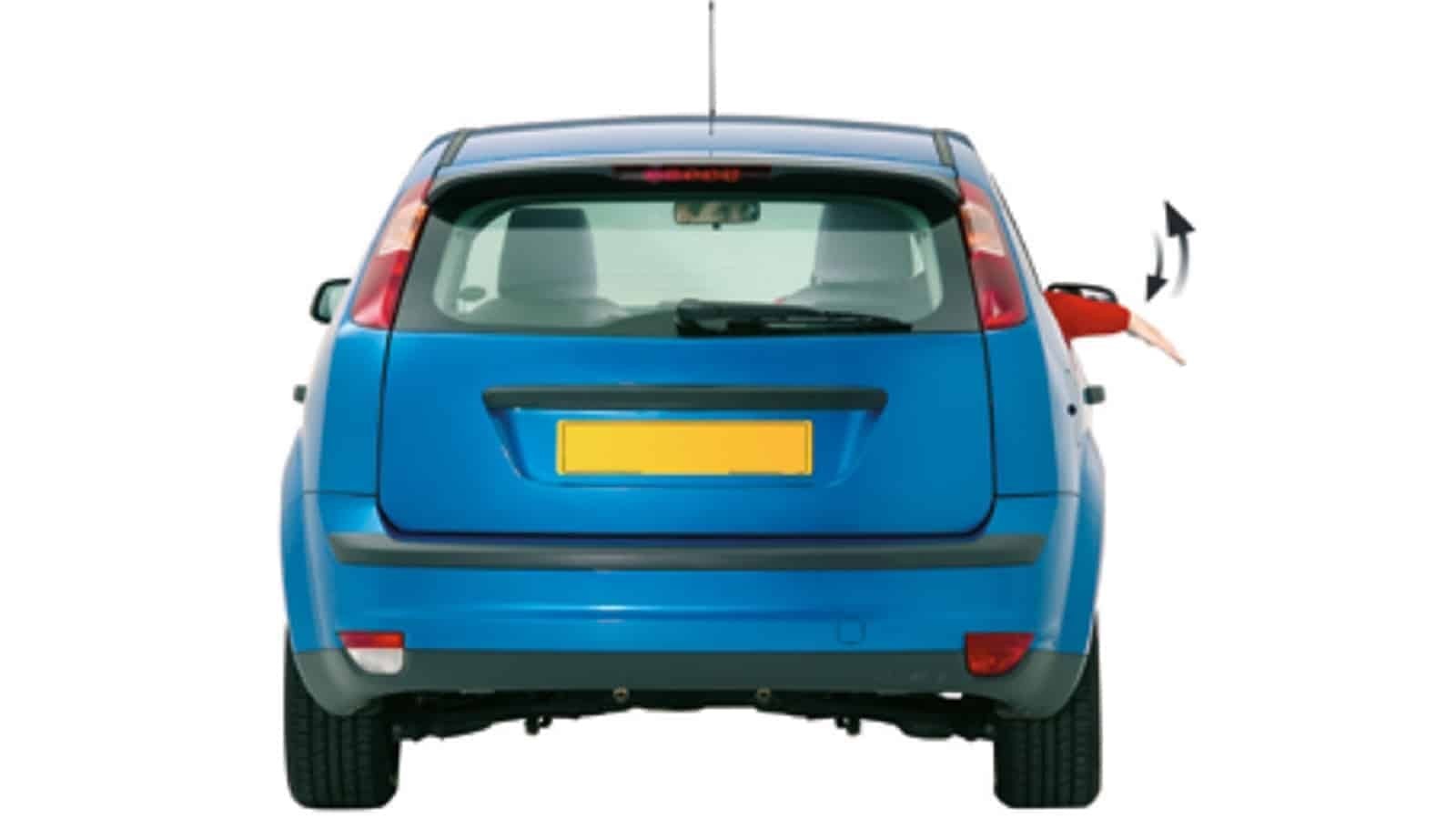Hand signals are a crucial, often overlooked, aspect of driving, serving as a vital communication method on the road, especially when vehicle lights fail or need reinforcement. Whether you’re behind the wheel of a car, cycling, or even riding a horse, understanding and utilizing hand signals enhances road safety for everyone. For drivers, these signals are essential for communicating intentions like turning, slowing down, or stopping, particularly in situations where standard vehicle signals are compromised. Recognizing these signals from other road users is equally important for safe navigation, and proficiency in hand signals is even assessed in driving tests in many regions.
Arm Signals Every Driver Should Know
To ensure safety and clarity on the roads, three fundamental hand signals are universally recognized and critical for every driver to master:
- Slowing Down or Stopping: This is signaled by extending your arm out of the window and moving it up and down in a waving motion.
- Turning Right: Indicate a right turn by extending your arm straight out of the driver’s side window.
- Turning Left: Signal a left turn by extending your arm straight out of the window and rotating it in a circular motion.
This guide will delve deeper into the practical application of these hand signals, clarifying when and how to use them effectively. It’s important to note that while these signals are generally consistent, regional variations might exist, so always familiarize yourself with the specific hand signals relevant to your location.
The Slow Down or Stop Hand Signal
Alt text: Driver extending arm out of car window, waving hand up and down to signal slowing down or stopping.
When your brake lights are functioning correctly, they automatically communicate your deceleration to drivers behind you. However, in situations where your brake lights malfunction, or you need to provide extra emphasis, the slow down or stop hand signal becomes invaluable. To execute this signal, simply extend your arm out of the window and wave it up and down, ensuring it’s clearly visible in the rearview mirror of the vehicles behind.
This proactive signal gives trailing drivers ample time to react, adjust their speed, and prevent potential rear-end collisions, especially in scenarios of close following or unexpected stops. Given the prevalence of tailgating and the risks of rear-end accidents, this hand signal can be a crucial safety measure.
The Right Turn Hand Signal
Alt text: Driver signaling right turn by extending straight arm out of car window.
Signaling your intention to turn is paramount for safe driving. The right turn hand signal is straightforward and universally understood: extend your arm straight out of the driver’s side window. Ensure your arm is fully extended to be easily visible to other drivers, but be mindful of your surroundings to avoid hitting passing objects or vehicles, particularly in tight spaces.
This clear signal alerts drivers, cyclists, and pedestrians to your intended right turn, allowing them to anticipate your maneuver and react accordingly, preventing potential conflicts and ensuring smoother traffic flow.
The Left Turn Hand Signal
Alt text: Driver using hand signal for left turn, arm extended with circular motion.
When planning a left turn or lane change to the left, the left turn hand signal is essential. This signal is performed by extending your arm straight out of the window and rotating it in a circular motion. The circular motion distinguishes it from the right turn signal, ensuring clear communication.
However, it’s crucial to exercise extra caution when making left turns using hand signals. Vehicles to your left might not readily see signals from the driver’s side. Therefore, always combine hand signals with thorough mirror checks and shoulder checks before executing any leftward movement to ensure safety.
When Should You Use Driving Hand Signals?
Driving regulations in many regions mandate signaling intentions to other road users. Hand signals become particularly important when your vehicle’s turn indicators are malfunctioning, obscured by bright sunlight, or blocked by other vehicles in queues. They serve as a backup communication system to maintain safety and predictability on the road.
Using hand signals is generally considered a temporary solution to navigate immediate situations or reach a safe location for vehicle repair. Relying solely on hand signals for extended periods is not advisable as it increases the risk of accidents. Address any issues with your vehicle’s signal lights promptly for long-term driving safety.
Hand Signals in Low Light Conditions
In nighttime or low-light conditions, hand signals become significantly less effective due to reduced visibility. If your turn indicators or brake lights are not functioning and it’s dark, it’s best to postpone driving until the lights are repaired. Prioritizing vehicle maintenance and ensuring all signaling systems are operational is crucial for safe driving, especially during periods of low visibility.
Hand Signals and Driving Tests
Driving tests often include an assessment of your knowledge and practical application of hand signals. Examiners may request demonstrations of specific hand signals to ensure you understand and can effectively use them.
Alt text: Image depicting a driving test failure, highlighting the importance of driving skills and knowledge.
To prepare for your driving test and become a safer driver, practice hand signals until they become second nature. Misunderstanding or neglecting hand signals can lead to driving test failures and, more importantly, contribute to accidents on the road. Mastering hand signals is a fundamental aspect of responsible and safe driving.
